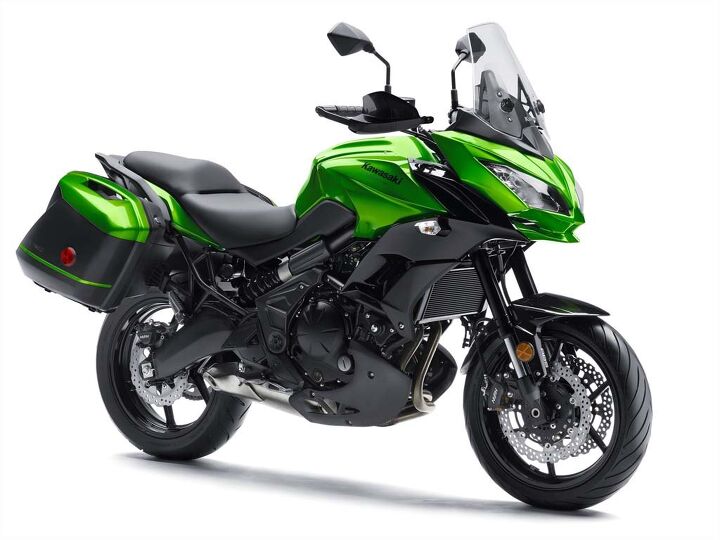While away in the States recently I turned off notifications in the various apps on my phone to save on data, and then turned off notifications entirely when I got home, I found I was enjoying the silence.
In that silence I started thinking about operant conditioning and just how wired to our personal devices we’ve become. Digital distraction is a cultural phenomenon with people wringing their hands over rising vehicle accident rates and people falling into open manhole covers. We tend to forget that looking at a screen when we should be doing something else is a choice. We’d rather play the victim than accept that kind of responsibility.
The dreaded notification is at the core of this idea of being victimized by digital distraction. There is a simple fix though: turn them off. Your social media is all still waiting there for you, the only thing you’re missing is immediacy, but that urge to respond quickly points to a deluded sense of self importance; despite what you think, most people aren’t pouring over their social media waiting for you to post something.
I didn’t get data while I was away, I figured I’d get by with wifi when I could find it. This quieted the noise even more, making me wonder why I’d want a device constantly demanding my attention in the first place.
The lack of data made me very conscious of the urge to post as events are happening. You see this all the time at sports events. A game winning goal gets scored and instead of cheering people are taking bad photos and spending time putting them online. It happens in concerts too. People spend bucket loads of money and time getting to these events only to view them through a smartphone screen, or ignore it entirely while they create social media posts.
You get this urge when you’re in the middle of something fantastic to want to share it immediately like a live news broadcast, but your social media audience isn’t watching a show, they come and go. Audiences on social media aren’t like audiences on broadcast media, they are never all in the same place at the same time. That sense of urgency is you misunderstanding how social media is different from broadcast media. Sure, take a picture, but if you don’t post it in the next 30 seconds your ratings aren’t going to drop. Your production team isn’t going to be out of a job.
 |
| Social media is inherently addictive. It is designed to provide an unconditioned stimulus response. It doesn’t take long to tie the notification to that initial, unconditioned response. |
Our approach to smartphone use needs to evolve. Having a general purpose, networked computer in your pocket shouldn’t mean you’re on the social media hook 24/7. A good first step is to try and view your social media use from a more accurate perspective, don’t get sucked into a false sense of immediacy with it. Enjoy being where you are, maybe snap a picture to share later when you’ve got a quiet moment. Whatever you do don’t miss what you’re doing because you’re viewing it through a smartphone screen, or ignoring it while you’re making social media updates about it. In spite of what you might think, you’re not a media personality, even if you do have 1000 friends on Facebook.
A good first step is to turn off notifications. It’ll all still be there waiting for you, but you won’t be a Pavlovian experiment in distraction when you interact with it. This will probably upset mobile service providers who are making a mint from over-priced travel packages designed to keep you ‘connected’. You’ll probably also find your interactions take on a more nuanced and thoughtful appearance; something else it would be nice to see more of on social media.



























